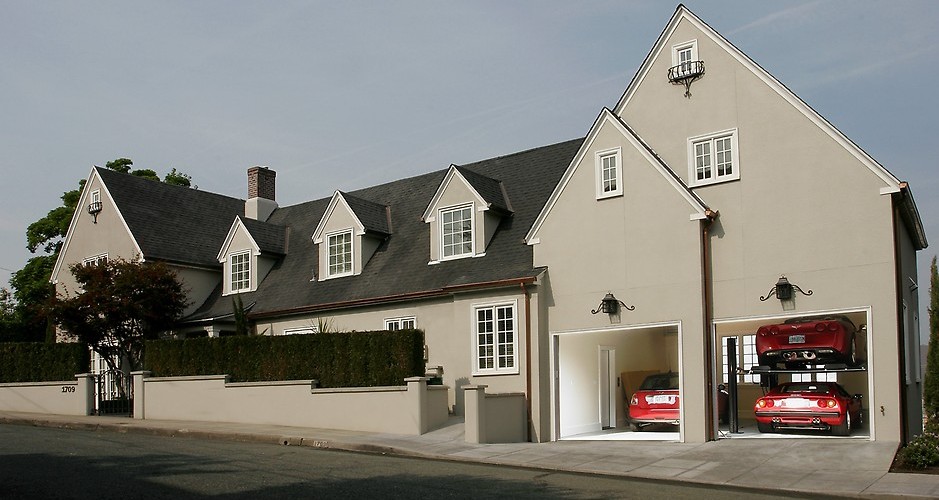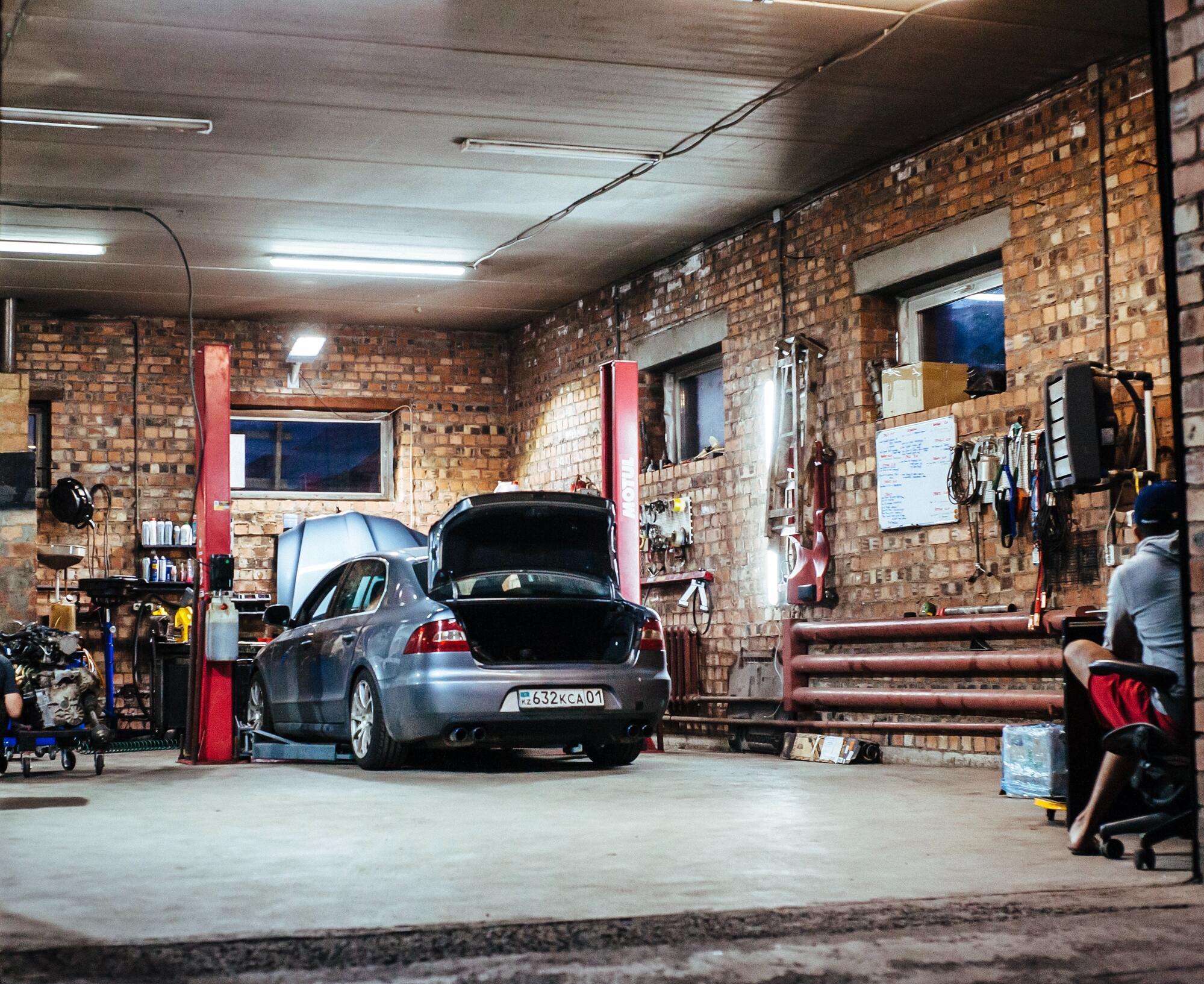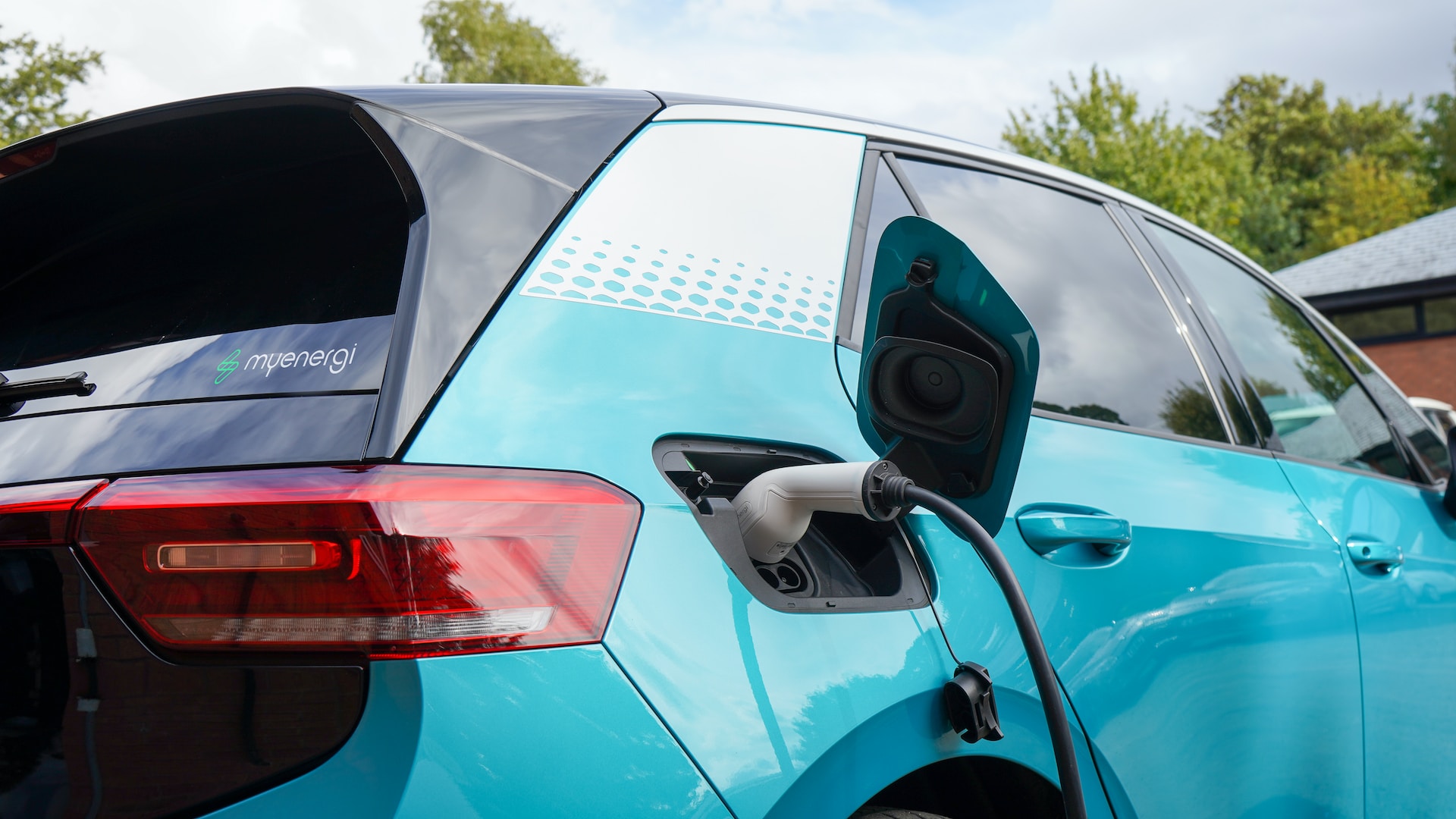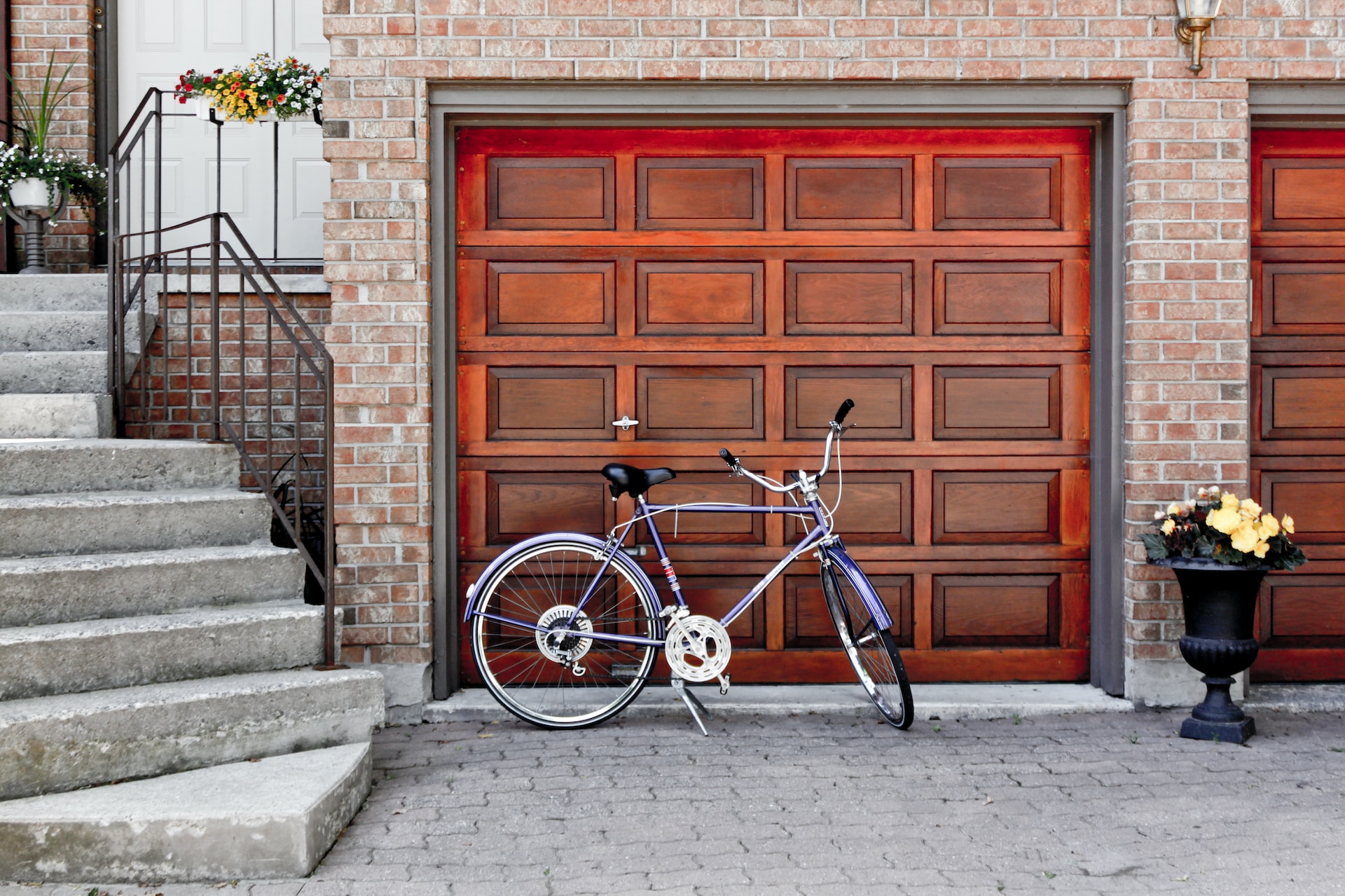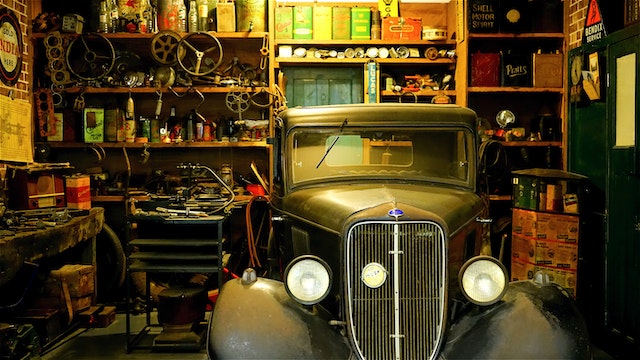Creating a clutter free garage space doesn’t have to be a chore. Many homeowners feel that their garage is the best place to dump their miscellaneous or least used tools. It is very easy to let everything to pile up and organizing the chaos may feel overwhelming. But keeping your garage, and its contents, organized is important.
Reclaiming your space is no easy task, and the time to get everything organized depends on the size of the accumulated pile. Doing some basic cleaning, like cleaning the floor, removing debris like cobwebs and stains will make your work easier. The pile was not built in a day or two: breaking down the cleaning process into different steps is a wise option. Follow these simple steps to organize your garage space:
Pick the right time
Sorting and organizing the garage may take several days (or weekends) and may require several family members. You may also need to schedule your clean-up on a dry day, especially if you want to take contents out into the driveway. If you can involve the entire family the better: have kids carry things out onto the driveway or give them an area to work on that is free of sharp or dangerous objects. If you simply can’t have the kids help out, consider investing in a babysitter – you’ll get the job done faster if you know the clock is ticking.
Sort & let go
Sorting will help you quickly determine what is trash and what is treasure. Professionals recommend three piles: keep, donate and trash. In the keep pile, you’ll want to group like items like sporting equipment, holiday decor and other items. Be sure you are honest about what you need to keep, especially for items you haven’t used in many years. Donated items should go into bags or bins, place them directly in the car and make a plan to drop them off that same day. Items for the trash can also be sorted. Some cities have large, public waste facilities in which you can pay a fee to dispose of items that won’t fit in your own disposal bins. Be sure you recycle what you can and take care with chemicals and toxic items. You will want to check with your local government website about how to properly dispose of dangerous materials.
Contain your goods
Once you have your “keep” pile, assess the best type of storage for the goods. There are many excellent organizing stores that specialize in garage storage. Hanging bike rakes, ski holders or vertical shelving can all help maximize your garage space. Utilize all areas of the garage with tall shelving units, hooks, pegboard or cabinets. Make sure that freestanding items are securely attached to walls. Use clear, plastic containers and label boxes as necessary. This will make it much easier to quickly locate what you need without having to open every box. Some families find it useful to place the most frequently used items closest to the garage door.
Locked cabinets
You can prevent careless spills of hazardous chemicals by keeping it locked in a cabinet. This will also help to keep the chemicals out of reach of children.
Other organizing ideas
Once you have everything back in place, consider adding a few items to the garage to make it even more functional:
fuse box and water shut off: if you have important fixtures or features in the garage that you need to check on from time to time, be sure you have a clear pathway.
lights & flashlight: adding a few construction lamps or lights can help when you are trying to find things in the dark. Additionally, consider mounting a flashlight right next to the door. When the power goes out and you need to find the fuse box, you’ll save yourself some time by having the flashlight readily available.
rug: place a heavy-duty rug next to the entrance to your home. Garage floors are notoriously dirty and you’ll want to trap rocks and debris before you walk inside.
donation box: if you have a regular circulation of items to donate, you may want too place an empty box in the garage for this very purpose. It will encourage family members to regularly contribute and can keep clutter from accumulating.
